Of Salt and Powder
A Fantasy-Renaissance Nation RP
Art done by ethicallychallenged.deviantart.com
This is a nation RP set in a low-fantasy world. There aren't any elves or dwarves or orcs etc. There is magic however and fantastic creatures. Below is all of the lore and sheets so if you're really interested, you can get a head start on your sheet.
The Leaving of God Era -0 AE
This is the time that ancient scholars say god once walked with men. Before returning to the stars. Very little is known about this time. Although ruins can still be found from that time. The Apourean calendar starts (0 AE) on the year that god actually left.
The Many Shields Era 0 - 400 AE

The Many Shields era is a time through with inter tribal conflicts, between the ethnic and cultural groups of the continent. Many peoples in this time period were nomadic, although settled peoples could be found along the various rivers and coastlines. It is also an era of bronze tools and weapons. Although towards the late Many Shields era, iron is introduced and spreads across the communities of the world. Mainly by the islanders of Suu.
The Suuban Imperial Era 400 - 900 AE
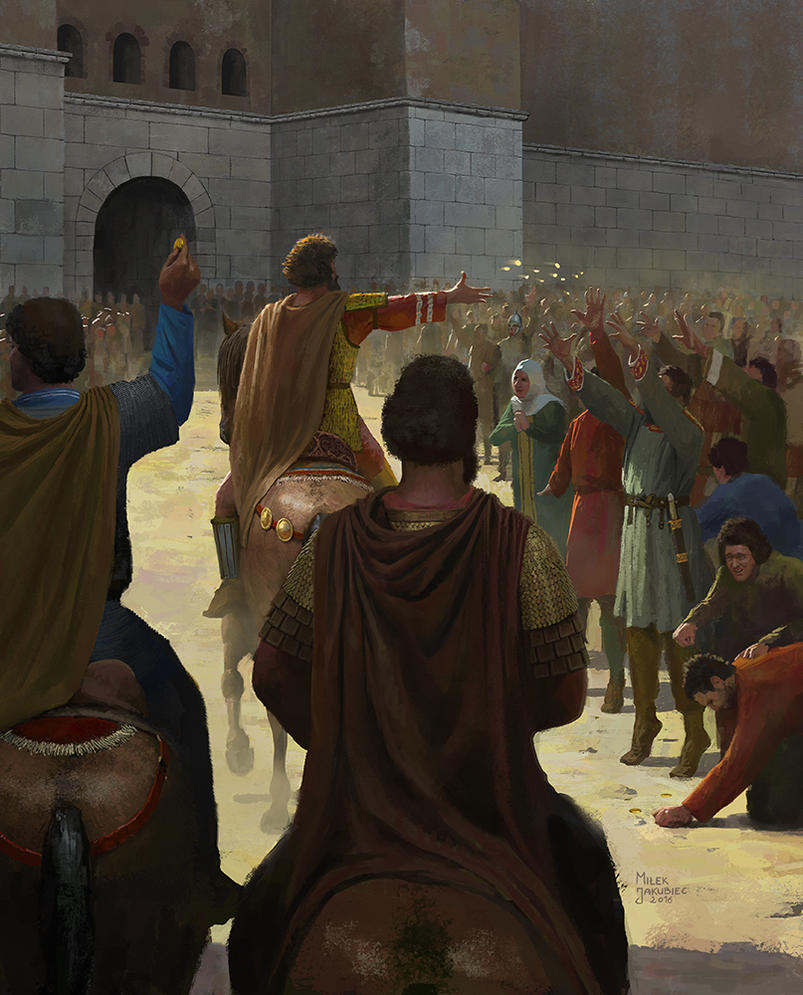
It's these Suuban's use of iron, from their Island Capital of Suu, that they begin to vassalise and conquer those around them. Culminating into the Suuban Empire. The Suuban Imperial Era is the time that the Suuban were the dominant authority, across the continent. With very few lands and peoples outside of their direct influence. The Suuban conquered much of Aporue, through the strength of their iron clad phalanxes and their heavy scaled cataphracts. After their conquests came subjugation, through either assimilation or slavery.
The Suuban empire built many cities and ports around the continent, forced the suub language and alphabet on the peoples of Aporue and grew to be the most powerful empire in the world at the time.
Until their capital island sunk into the sea.
The Chainmail Era 900 - 1100 AE
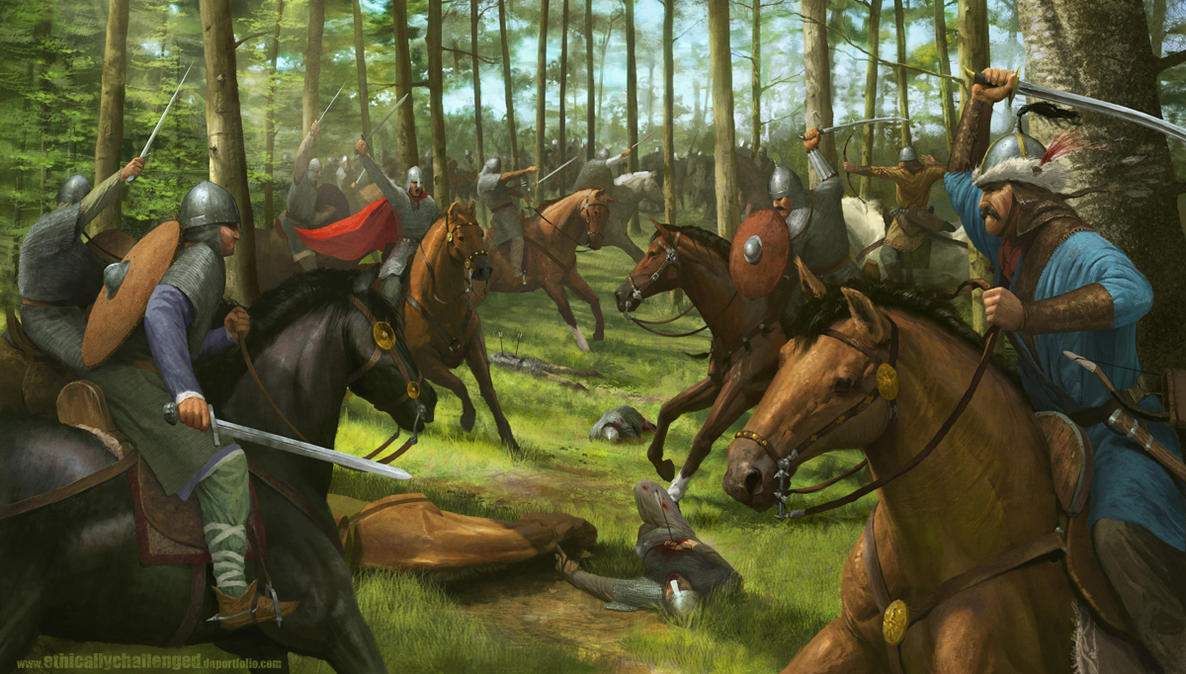
The sinking of the island of Suu, which was probably caused by an earthquake or perhaps the anger of god, through the rest of the empire into collapse and civil war. The empress and all her direct successors died in the sinking, so cousins and governors from across the empire started making power grabs and squabbled amongst themselves. While enslaved populations revolted and barbarians invaded and retook ancestral lands and even new ones.
The Chainmail Era is called such due to the use of chainmail by many of the armies and warbands at the time. It's flexible movements mirrored the ebb and flow of the times as lands were captured, razed, captured and then razed again. This era only began to end once powerful kingdoms rose to stabilise their lands and define the new borders of the Aporuean continent.
The Plate and Fire Era 1100 - 1500 AB
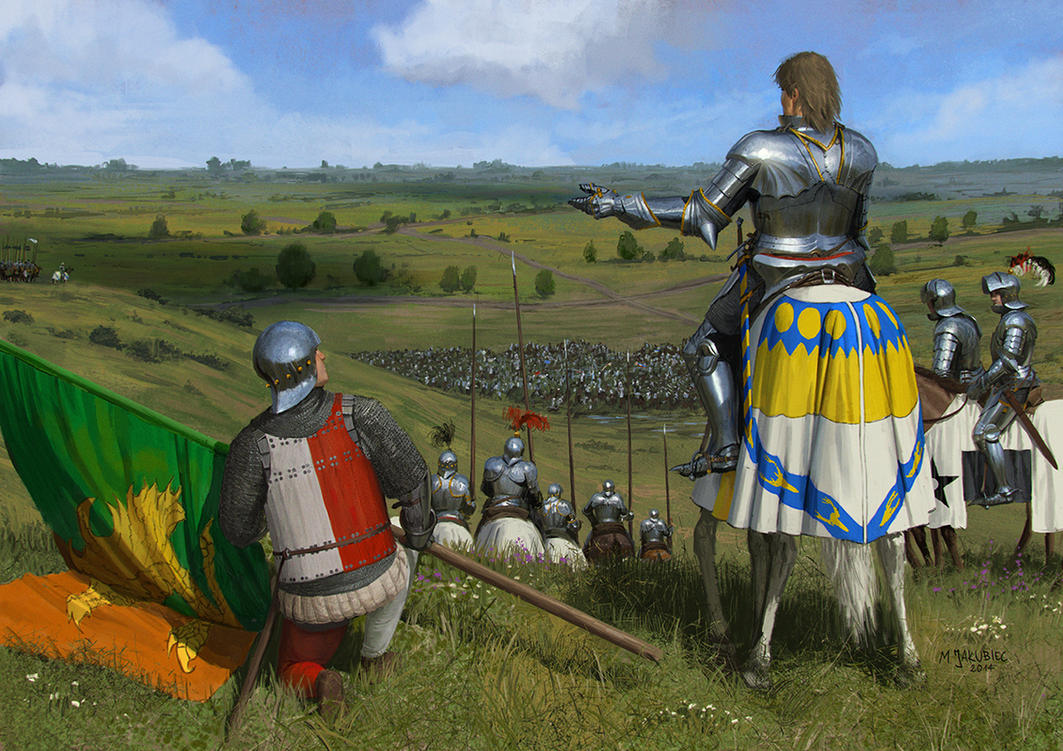
The Plate and Fire Era is the time of landed knights and nobles ruling the continent in the names of their kings and tyrants. The settling of the feudal system across Aporue and the struggles of all the classes through wars, plagues and famines. The continent went through a period of warfare dominated by heavily armoured knights supported by levied peasants and men at arms. Usually fighting in the territorial and religious disputes of the royal dynasties of Aporue.
The Salt and Powder Era 1500 - Present (1570 AB)
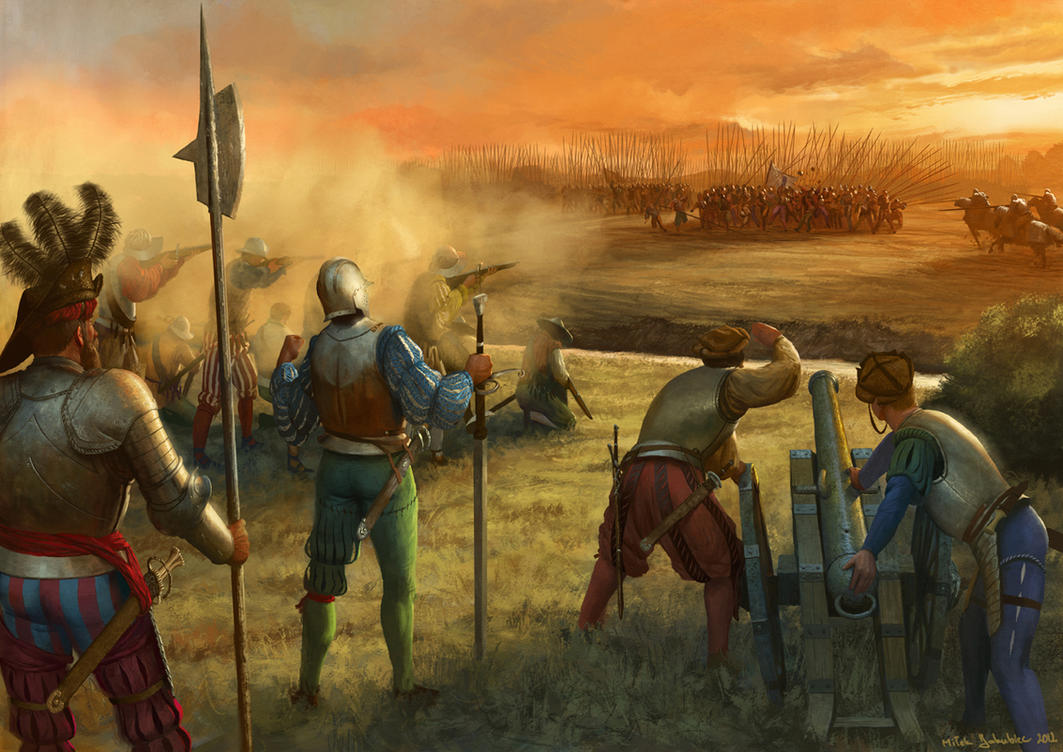
The Salt and Powder Era is the current era that this NRP is taking place in. This time period is similar to the renaissance period of Europe in our world.
Aporuean Climate and Enviroment
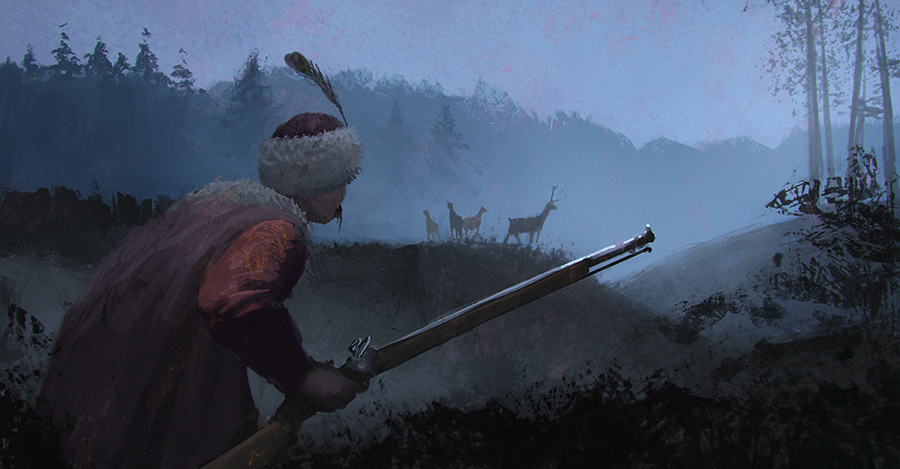
The further north you are in Aurope, the colder the climate. That's the general rule of thumb used by peasants and royals alike. The southern islands are warm and Mediterranean. While the further north you go, the more temperate and eventually the more boreal it becomes. It's not uncommon for sea ice to break on the islands and coasts of the north during winter.
The flora and fauna will respond accordingly. Widespread there will be animals like deer, wolves, bears, boars, wisent etc. The further north however, there are more musk ox, reindeer, cave lions and woolly rhinoceros. While in the south there are more antelopes, dholes, giant sloths and sabre-toothed cats.
Technology
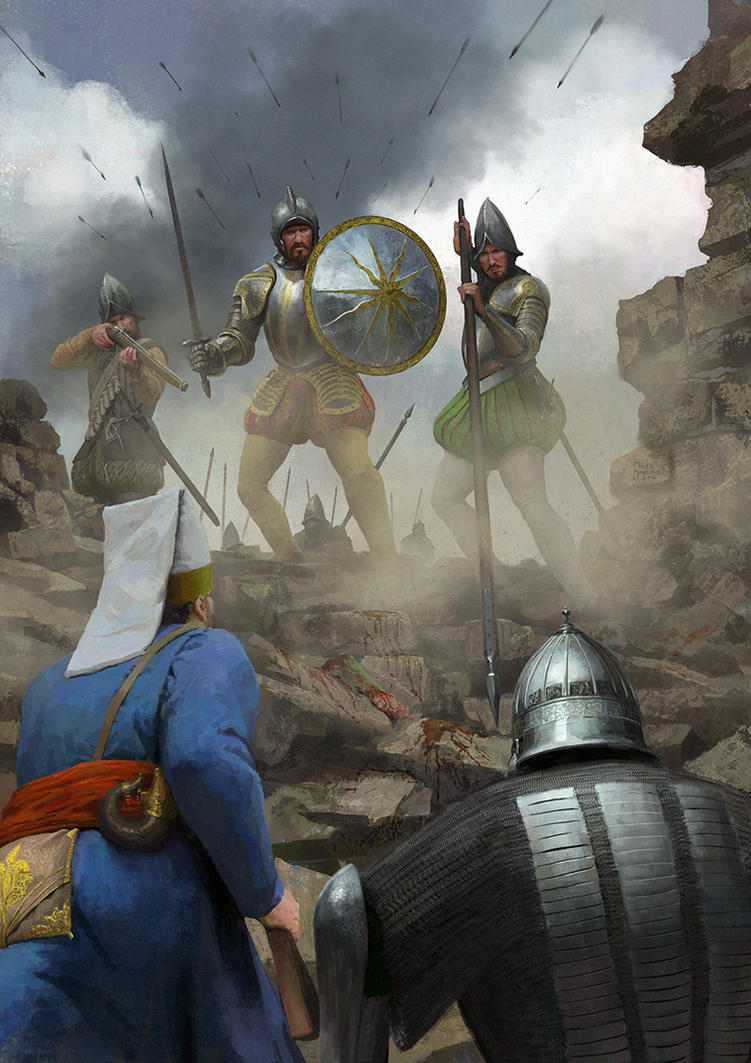
The Salt and Powder Era isn't necessarily a time of progress. Rather it is an age pioneering new technologies, such as gunpowder weapons and new naval designs.
Ideas that were once challenged by the aristocracies and religions are being opened up. Economics has shifted with a growing middle class and demand for goods from around the continent and the world has opened new markets.
Matchlock muskets have changed the battlefield forever. The knights of the plate and fire era are being made redundant, as pikes are utilised more and more on the battlefield.
Naval advances have not yet taken the galley out of coastal conflicts. Though the cog has been replaced by the heavy carrack and the agile caravel. The bows and ballistae of aft and fore castles have been replaced with cannons great and small.
Fantasy Elements
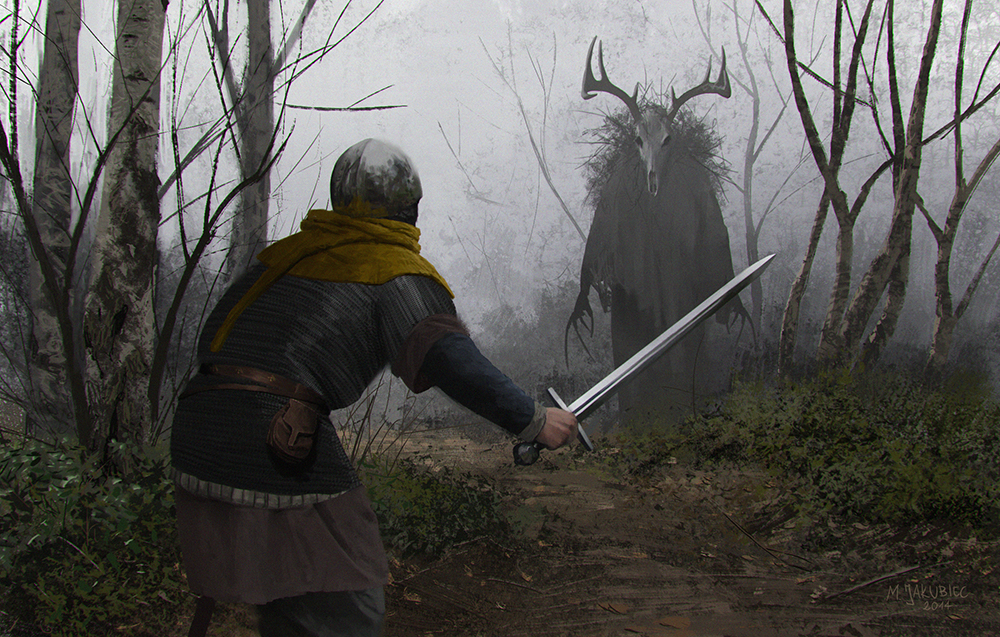
The world isn't devoid of fantasy creatures. However, they are either found in remote areas of Aurope, the sea or have succumbed to extinction. I'm going to give some leeway on his. If you include a fantasy creature in your NS then it exists. However, these creatures have to behave and act like animals. No talking dragons, no anthropomorphic beings. By all means write some fantastic and creepy stuff, but I'd like to apply real-world constraints on them.
Magic is alright, but I'd like to keep it on the down low.
There aren't sorcerers in towers, there aren't wizards in the tavern to go out on a quest with you. I'd like to go for more of a, witch in the woods who might actually know more about biology and herbs rather than hydromancy. A lodge or coven up in the woods or in a city's underbelly. I'd like to muddy the water a bit. Have characters thinking "Does this guy actually do magic or is he just using science?" Sorta thing.
That doesn't mean that magic doesn't exist. It does in this world. But someone resorting to magic is seen as desperate in this world. Even then, I'd like you to be dark with your magic i.e. Cure a man's impotency by ritually sacrificing a peasant. Exploiting the dead souls of a battlefield to enrich one's own magical energy. Gain the use of pyromancy in one hand by cutting off the other. If you have any queries, feel free to ask.
The Wider World
Beyond the ocean surrounding Aporue, there are strange and unknown lands. The only clear path are the Southway Islands, that lead south east. There is encountered the land of Sahrappa. A hot and monsoon drenched land, a land of spices and silks. Sahrappa is dominated by the Techakava Raj, surrounded by small coastal princedoms and tribal kings.
Sahrappan traders talk of a land further east, though a dangerous reef and foul sea monsters roam that strait of water.
That's all that is currently known to the peoples of Auropeans. Maybe there is a land to the west? Maybe there is a way to the mysterious eastern land through the west?
Map of Aporue
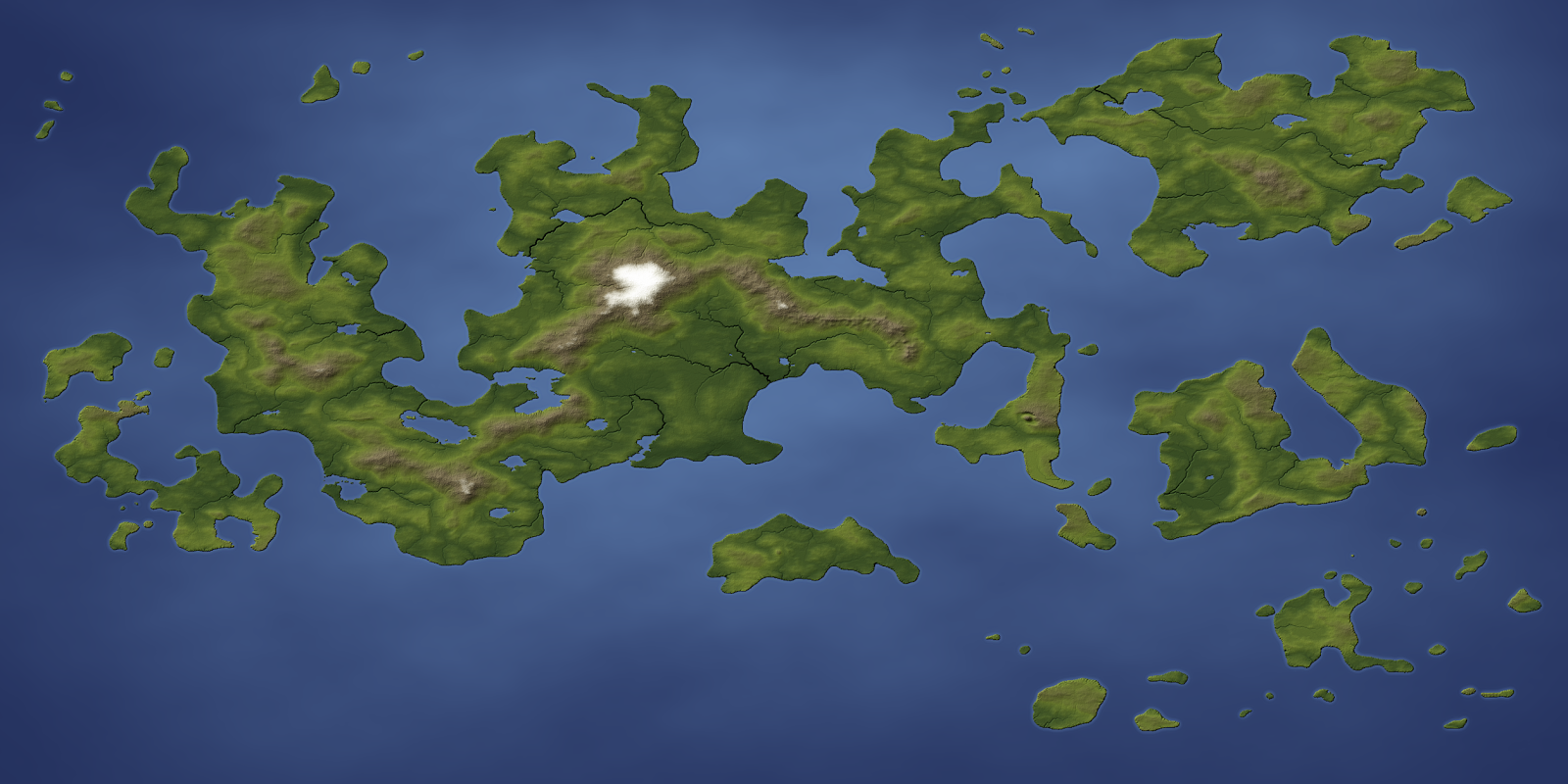
Aporue, despite its progress in sciences and arts, is still a very religious continent. These three are the major, overbearing ones.
- A religion introduced by the Suuban Empire.
- They believe that God abandoned mankind onto the world.
- Particularly they believe in the Sentences of God, a strict code left by the almighty himself.
- Breaking any of the Sentences of God means that their souls will not be released upon death.
- So either stick with the rules or your soul will suffer in pain and anguish on the world.
- (Think of the old testament's Ten Commandments)
- Abandonitte clergy are called Priests, Arch-Priests, Cardinals.
- Abandonitte's don't have a central figure in their religion.
- Rather the state's highest ranking clergyman is the supreme religious authority in that nation.
- Abandonittes believe miracles can be achieved by anyone if they are true to the Sentences of God.
- Worship in Temples.
- A religion created in the late suuban imperial era - early chainmail era.
- Strandistants believe that God stranded mankind on the world and that they are completely cut off.
- Strandistants don't believe that the Sentences of God were actually written by God.
- They believe eternal salvation can be achieved simply by being a good person.
- The definition of good however changes by the word of each central figure head, the Grand Bishop.
- The Grand Bishop is usually elected amongst clergyman who have experienced a "memory" of God.(A hallucination/dream/episode, that they believe was an ancestral memory of the Leaving of God Era)
- The Grand Bishop and his retinue of hundreds, usually move between the many monasteries of the Strandistant Church.
- The hierarchy of the Strandistant church is as follows = Vicar, Bishop, Grand Bishop.
- Miracles can only be performed by people of certain ancestral bloodlines, usually noble/royal.(Although, with the number of bastards over the centuries, a commoner performing a miracle isn't unheard of. Assuming they have evidence to back up their heritage)
- Worship in Churches.
- Usurprianism started as movements in both Strandistant and Abandonitte nations. Mainly in the Plate and Fire Era.
- Complaints begin mainly with being against the granting of indulgences in both religions. As well as the selling of relics, nepotism, the extravagant wealth of supposedly meek clergymen.
- Usurprian pastors claim that the Sentences of God are a mortal written piece, manufactured by the Suuban to control their slaves. Thus not the true word of God.
- They also claimed that all men are descendants of the Leaving of God era, so therefore all people have memories of god and can perform miracles.
- Usurprian doctrine mainly focuses on the idea that God's relationship with man is individual.
- Pastors are the only clergy of the Usurprian religion.
- There is no central figure head. Although individual pastors can attain wealth and political influence, they are (supposed to be) all equal.
- Usurprians don't have buildings of worship. Communal religion is usually regulated to certain times of the year in public spaces.
- Usurprian royalty and nobles usually build chapels into their palaces/castles. While poorer folk have shrines in their homes.
- Maybe none of these religions suit your people. There are plenty of cults and offshoots of these three religions that a nation could embrace instead. Although it might be lonely. Maybe your nation has never embraced any of the three. In which case, prepare to write in several holy wars into your history aimed at you.
(Please bare in mind, these aren't categories and traits that you have to fall into. You can be a Abandonitte that completely ignores the Sentences of God. Or a Strandistant that doesn't let the Grand Bishop waddle through your lands. These religions are here to help people ground their nations into the world's lore and help outline friends from foes)
Abandonitte
- A religion introduced by the Suuban Empire.
- They believe that God abandoned mankind onto the world.
- Particularly they believe in the Sentences of God, a strict code left by the almighty himself.
- Breaking any of the Sentences of God means that their souls will not be released upon death.
- So either stick with the rules or your soul will suffer in pain and anguish on the world.
- (Think of the old testament's Ten Commandments)
- Abandonitte clergy are called Priests, Arch-Priests, Cardinals.
- Abandonitte's don't have a central figure in their religion.
- Rather the state's highest ranking clergyman is the supreme religious authority in that nation.
- Abandonittes believe miracles can be achieved by anyone if they are true to the Sentences of God.
- Worship in Temples.
Strandistant
- A religion created in the late suuban imperial era - early chainmail era.
- Strandistants believe that God stranded mankind on the world and that they are completely cut off.
- Strandistants don't believe that the Sentences of God were actually written by God.
- They believe eternal salvation can be achieved simply by being a good person.
- The definition of good however changes by the word of each central figure head, the Grand Bishop.
- The Grand Bishop is usually elected amongst clergyman who have experienced a "memory" of God.(A hallucination/dream/episode, that they believe was an ancestral memory of the Leaving of God Era)
- The Grand Bishop and his retinue of hundreds, usually move between the many monasteries of the Strandistant Church.
- The hierarchy of the Strandistant church is as follows = Vicar, Bishop, Grand Bishop.
- Miracles can only be performed by people of certain ancestral bloodlines, usually noble/royal.(Although, with the number of bastards over the centuries, a commoner performing a miracle isn't unheard of. Assuming they have evidence to back up their heritage)
- Worship in Churches.
Usurprian
- Usurprianism started as movements in both Strandistant and Abandonitte nations. Mainly in the Plate and Fire Era.
- Complaints begin mainly with being against the granting of indulgences in both religions. As well as the selling of relics, nepotism, the extravagant wealth of supposedly meek clergymen.
- Usurprian pastors claim that the Sentences of God are a mortal written piece, manufactured by the Suuban to control their slaves. Thus not the true word of God.
- They also claimed that all men are descendants of the Leaving of God era, so therefore all people have memories of god and can perform miracles.
- Usurprian doctrine mainly focuses on the idea that God's relationship with man is individual.
- Pastors are the only clergy of the Usurprian religion.
- There is no central figure head. Although individual pastors can attain wealth and political influence, they are (supposed to be) all equal.
- Usurprians don't have buildings of worship. Communal religion is usually regulated to certain times of the year in public spaces.
- Usurprian royalty and nobles usually build chapels into their palaces/castles. While poorer folk have shrines in their homes.
Something Else
- Maybe none of these religions suit your people. There are plenty of cults and offshoots of these three religions that a nation could embrace instead. Although it might be lonely. Maybe your nation has never embraced any of the three. In which case, prepare to write in several holy wars into your history aimed at you.
(Please bare in mind, these aren't categories and traits that you have to fall into. You can be a Abandonitte that completely ignores the Sentences of God. Or a Strandistant that doesn't let the Grand Bishop waddle through your lands. These religions are here to help people ground their nations into the world's lore and help outline friends from foes)
The character sheet for this NRP is literally this.
Name:
Description:
Personality:
History:
It's not a lot I know. But considering the volume of characters that NRPs have, the simple the better.
As a rule of thumb for this. When you give a character two good traits, you have to give them one bad trait.
For Example.
Rolf is a very good sailor and an experienced and learned admiral. However, he doesn't like guns, barely likes cannons.
Name:
Description:
Personality:
History:
It's not a lot I know. But considering the volume of characters that NRPs have, the simple the better.
As a rule of thumb for this. When you give a character two good traits, you have to give them one bad trait.
For Example.
Rolf is a very good sailor and an experienced and learned admiral. However, he doesn't like guns, barely likes cannons.
Nation name = (What your nation is called)
Flag/sigil = (The flag/symbol that represents your nation)
Ruler's Name = (Your Monarch/Grand Duke/Elector/Tyrant etc. Along with a description of the character)
Territory = (Where your nation is on the map, and a summary and description of it's regions and climate)
Capital & Major Settlements = (The names and quick summaries of the capital and other major settlements in your nation)
Population = (The Suuban empire at it's peak had 40 million people in it. Use that as a bar)
Religion = (Either one of the three Aporuean religions. Or an independent religion, which will require a description)
History = (The history of your nation, covering each of the eras of Aporuean history ((Excluding the Leaving of God Era))
Cultural traits = (A description of the cultural traits and lifestyle of your people that separate your nation from others)
Military = (A brief description of the military overall. Along with sub-descriptions of the following categories: Melee Infantry, Ranged Infantry, Cavalry, Warships)
Characters = (Stick any extra characters other than your ruler here)
Flag/sigil = (The flag/symbol that represents your nation)
Ruler's Name = (Your Monarch/Grand Duke/Elector/Tyrant etc. Along with a description of the character)
Territory = (Where your nation is on the map, and a summary and description of it's regions and climate)
Capital & Major Settlements = (The names and quick summaries of the capital and other major settlements in your nation)
Population = (The Suuban empire at it's peak had 40 million people in it. Use that as a bar)
Religion = (Either one of the three Aporuean religions. Or an independent religion, which will require a description)
History = (The history of your nation, covering each of the eras of Aporuean history ((Excluding the Leaving of God Era))
Cultural traits = (A description of the cultural traits and lifestyle of your people that separate your nation from others)
Military = (A brief description of the military overall. Along with sub-descriptions of the following categories: Melee Infantry, Ranged Infantry, Cavalry, Warships)
Characters = (Stick any extra characters other than your ruler here)










